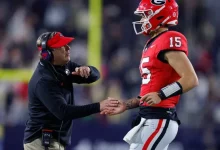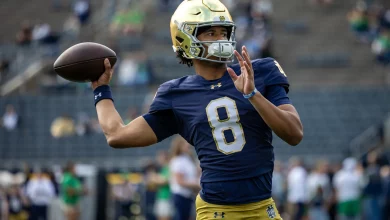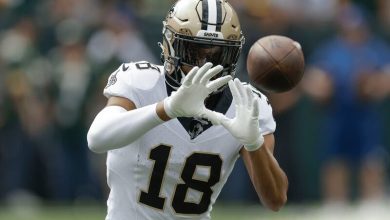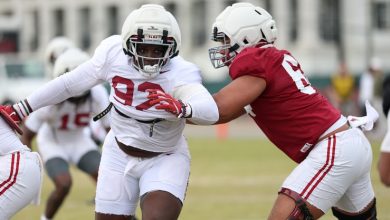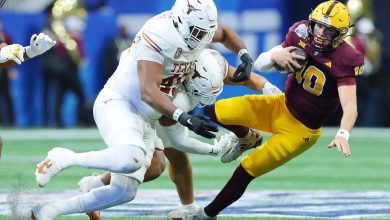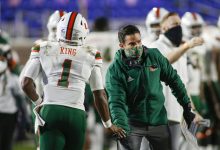Judge Claudia Wilken Approves NCAA’s $2.78 Billion House Settlement, Colleges Can Begin Revenue Sharing with Athletes July 1
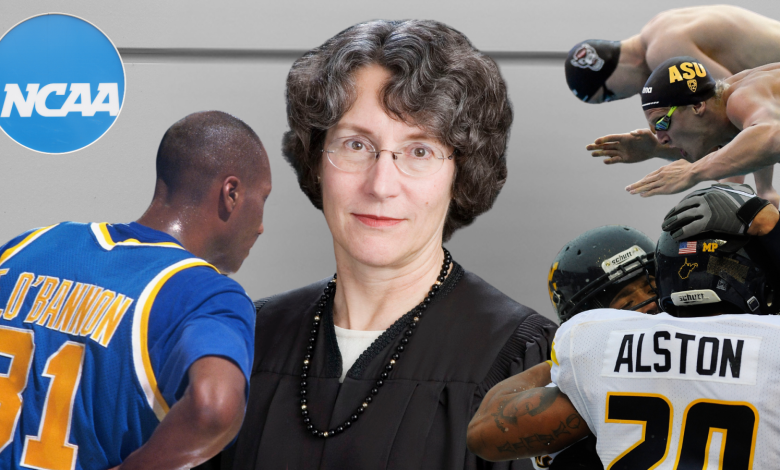
In a landmark decision that has the potential to reshape the landscape of college athletics forever, U.S. District Judge Claudia Wilken has officially approved the NCAA’s historic $2.78 billion settlement regarding the ongoing class-action lawsuit involving student-athlete compensation rights. This approval marks a critical turning point for the NCAA, the member institutions, and most importantly, the athletes themselves. Starting July 1, colleges and universities will be authorized to begin revenue sharing with their athletes, a development that signifies the end of decades-long restrictions on how athletes can benefit financially from their name, image, and likeness (NIL) rights, as well as other forms of compensation.
The settlement, which represents one of the largest financial agreements in the history of college sports litigation, brings closure to a contentious legal battle that has challenged the NCAA’s long-standing model of amateurism. For years, critics have argued that college athletes generate billions of dollars in revenue for their schools and the NCAA but were unfairly barred from receiving direct financial benefits beyond scholarships and limited stipends. This settlement not only addresses those concerns but also sets new standards for fairness and equity in college sports.
Judge Wilken’s approval, announced in a detailed ruling, emphasizes the fairness and adequacy of the settlement terms, as well as the substantial benefits it offers to the class of student-athletes affected by the litigation. She noted that the agreement carefully balances the interests of current and future athletes, NCAA member schools, and other stakeholders, ensuring that the financial windfall will be distributed responsibly and transparently.
One of the most transformative aspects of the settlement is the authorization for member institutions to begin sharing revenue directly with athletes as early as July 1. This means that for the first time in NCAA history, colleges can compensate athletes beyond traditional scholarships, opening doors for payments tied to athletic performance, endorsements, personal appearances, and other revenue-generating activities. The implications of this shift are profound, signaling the end of the NCAA’s amateurism model as it has existed for nearly a century.
The settlement creates a structured framework that governs how revenue sharing will operate, ensuring that it is equitable and consistent across the country. Member institutions are expected to develop policies that align with the settlement’s terms, establishing clear guidelines on how athletes can be compensated while maintaining compliance with NCAA rules and federal laws. This framework will also address important issues such as tax implications, eligibility, and safeguarding athlete welfare.
For student-athletes, this development represents a historic opportunity to gain financial benefits that better reflect their contributions to college sports. Athletes who have long been limited to scholarships and small stipends will now have avenues to monetize their talents and marketability in ways previously unimaginable. This could include payments for endorsements, social media promotions, autograph signings, and profit sharing from media deals or merchandising.
Experts anticipate that the approval will accelerate ongoing trends in name, image, and likeness (NIL) deals, as institutions integrate revenue-sharing programs with existing NIL frameworks. Many schools have already established NIL education programs and compliance offices to help athletes navigate this complex new world, and the settlement approval further legitimizes and expands these opportunities.
Colleges and universities stand to benefit as well. While the settlement requires significant financial commitments, it also provides clarity and certainty regarding athlete compensation, reducing legal risks and fostering a more cooperative relationship between schools and athletes. This clarity is expected to encourage schools to invest more confidently in their athletic programs and support structures, ultimately enhancing the student-athlete experience.
However, the path forward is not without challenges. Implementing revenue-sharing programs will require schools to navigate a host of logistical, legal, and ethical considerations. Institutions must develop fair compensation models that avoid inequities among athletes in different sports or teams while complying with federal regulations such as Title IX, which mandates gender equity in educational programs and activities. Transparency and accountability will be critical to ensure that revenue-sharing does not create unintended disparities or conflicts.
The NCAA itself is poised to undergo significant transformation as a governing body. With the erosion of its amateurism restrictions, the NCAA may need to redefine its role in regulating college athletics and supporting its member institutions. Discussions about governance, athlete representation, and revenue distribution are likely to intensify in the coming months and years.
From a broader perspective, the settlement’s approval reflects shifting attitudes toward college sports and the role of athletes within them. Fans, media, and policymakers increasingly recognize that college athletes deserve a fair share of the economic benefits they help generate. This development aligns with broader social trends toward equity and labor rights, as well as the growing commercialization of college sports.
The timing of the settlement’s implementation is also critical. With July 1 approaching rapidly, schools, athletes, and stakeholders are ramping up preparations for this new era. Training sessions, compliance workshops, and policy development meetings are underway to ensure a smooth transition. Early adopters among the member institutions are expected to set the tone for others, creating models that can be replicated nationwide.
In addition to direct payments, the settlement paves the way for innovative compensation methods. Revenue-sharing arrangements could include profit-sharing agreements tied to ticket sales, broadcasting revenues, or licensing deals. This diversification of revenue sources could empower athletes to build sustainable financial futures while still pursuing their collegiate careers.
For current athletes, this means increased opportunities but also new responsibilities. Managing finances, navigating contracts, and balancing athletics with academics will become more complex. Many universities are expanding their support services to include financial literacy programs, legal counseling, and career planning to help athletes manage these challenges effectively.
The settlement also recognizes the importance of protecting athletes from exploitation. The agreement includes provisions for oversight and dispute resolution to ensure that revenue-sharing practices are fair and transparent. Schools will be held accountable for adhering to the settlement terms, with mechanisms in place to address grievances and prevent abuses.
The reaction from the college athletics community has been overwhelmingly positive, with many praising Judge Wilken’s ruling as a milestone moment. Athletes’ advocacy groups, legal experts, and sports commentators have lauded the settlement as a step toward justice and modernization. At the same time, some have cautioned that the true impact will depend on how schools implement the new policies and whether they commit to supporting athletes holistically.
In the political arena, the ruling may influence ongoing legislative efforts related to college athlete compensation. Lawmakers at the federal and state levels have been grappling with how to regulate NIL rights and athlete pay. This settlement adds momentum to calls for standardized policies and protections for athletes nationwide.
For the NCAA’s member institutions, the financial obligations are significant but manageable. The settlement requires schools to contribute a portion of their revenues into a collective fund that will be distributed to athletes, but it also allows flexibility in structuring individual revenue-sharing deals. This balance aims to prevent undue financial strain on smaller programs while ensuring that athletes receive meaningful compensation.
Looking ahead, the approval of this settlement could serve as a blueprint for other sports organizations and leagues grappling with athlete compensation issues. The NCAA’s experience may inform how professional and amateur sports balance commercial interests with athlete rights in an increasingly complex economic environment.
Ultimately, Judge Claudia Wilken’s approval of the NCAA’s $2.78 billion settlement represents a watershed moment for college sports. It ushers in a new era where athletes are recognized not merely as amateurs but as valuable contributors deserving of financial rewards. While challenges remain in implementing this vision, the path forward is clear: starting July 1, colleges can begin sharing revenue with their athletes, opening the door to a more equitable, transparent, and modern college athletics system.
As the summer progresses and the 2024-25 athletic seasons approach, all eyes will be on how schools adapt to this historic change. The stories of athletes empowered by this settlement will soon emerge, reshaping narratives around college sports and inspiring a generation of players to dream bigger — not only on the field but off it as well.

